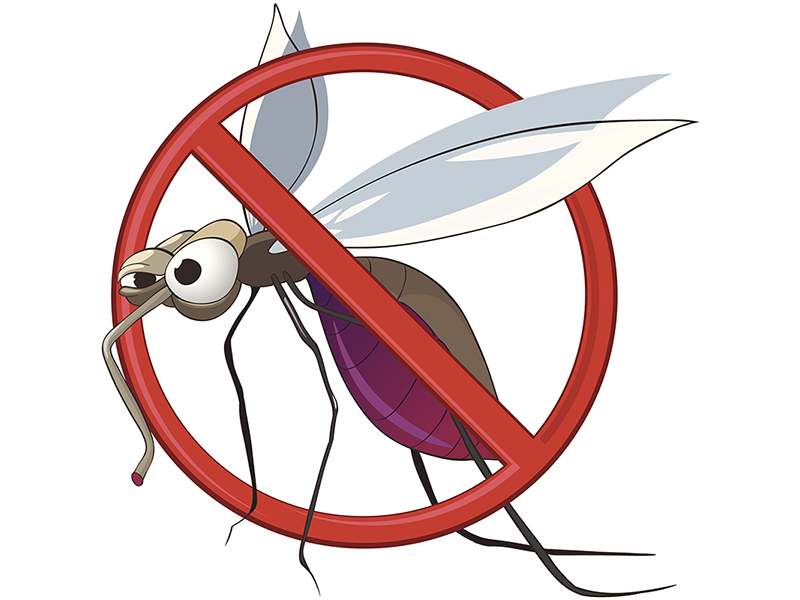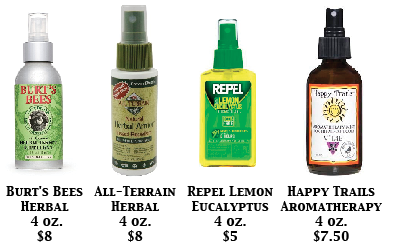Edited by Chris Jones
—
Did You Know?
The Environmental Protection Agency judges DEET safe when used as directed, but it has caused rare toxic reactions when misused. Don’t use it on infants less than 2 months old. The American Academy of Pediatrics advises against using repellents with DEET concentrations higher than 30 percent on any children.
Warning!
The National Centers for Disease Control and Prevention recommends that you avoid products that mix sunscreen with DEET insect repellent. Unlike repellents, sunscreens need to be applied liberally and often, so using a combination product could result in unnecessarily high exposure to repellents.
It’s Safe, but…
In 1996, the EPA exempted 31 pesticide ingredients from registration. These minimum-risk pesticides, as they’re called, are “demonstrably safe for the intended use.” Since the EPA has already deemed these ingredients safe, the agency doesn’t need to see related safety data for each new product that includes them. Many exempt products boast “EPA-Approved” on their labels, which is a little misleading. For safety, this is true. But this does not mean that the EPA says the products actually work.
How to Apply Repellent
- When applying any repellent, follow directions. Use your hands to apply it to your face, avoiding your eyes and mouth being mindful of any cuts your may have. Use just enough to cover exposed skin. For extra protection:
- Wear light-colored, loose clothes and avoid using scented products when outdoors, especially at peak feeding hours—dusk to dawn for most mosquitoes.
- Remove standing water near your house. It can be a mosquito breeding ground.
- To avoid ticks, tuck pants into socks and wear closed shoes and a hat.
- Inspect yourself for ticks after venturing into wooded or grassy areas.
Try these DEET-free Solutions
Make Your Own Repellant!
Different chemicals repel different insects. In order to be more effective, you’ll want to combine a few different insect-repelling natural oils. If you are making large amounts of insect repellent, a good rule of thumb is to mix the repellent so it’s 5-10 percent essential oil, so mix one part essential oil with 10-20 parts carrier oil or alcohol. For a smaller batch use:
- 10-25 drops (total) of essential oils
- 2 tablespoons of a carrier oil or alcohol
Effective essential oils are:
- cinnamon oil (mosquitoes)
- lemon eucalyptus or regular eucalyptus oil (mosquitoes, ticks, and lice)
- citronella oil (mosquitoes and biting flies)
- castor oil (mosquitoes)
- orange oil (fleas)
- rose geranium (ticks and lice)
Safe carrier oils and alcohols include:
- olive oil
- witch hazel
- vodka
Mix the essential oil with the carrier oil or alcohol. Rub or spray the natural insect repellent onto skin or clothing, using care to avoid the sensitive eye area. You’ll need to re-apply the natural product after about an hour or after swimming or exercise. Unused natural insect repellent may be stored in a dark bottle, away from heat or sunlight. If you wish, you may combine the oil with aloe vera gel to change the consistency of the product.








